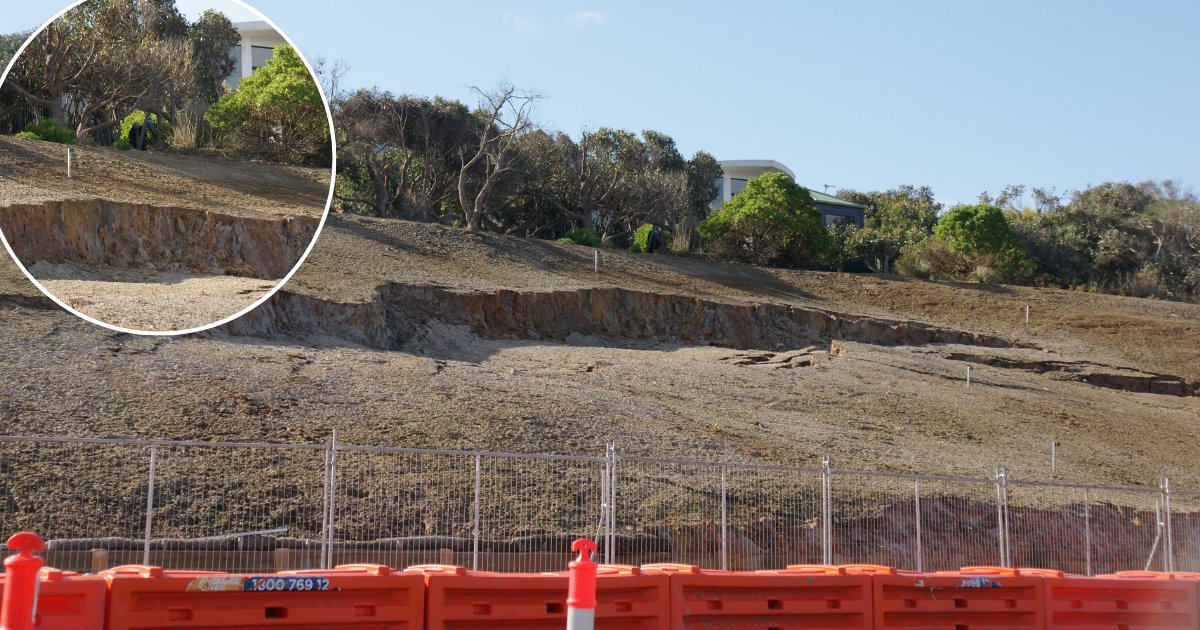Anti-development campaigners think big

Protect Spring Creek campaigners met last week and discussed an exciting concept of community ownership of the land.
THE diversity of people involved in the Protect Spring Creek campaign was on show last week at a face-to-face gathering at Patagonia’s Torquay store.
Organiser Graeme Stockton said the group was a “mixture of business owners, private and public organisations and individuals all throwing their weight behind the campaign”.
The public submissions process regarding the draft statement of planning policy (SPP) set up by DELWP, offering alternative plans for Spring Creek Valley, has been open for three weeks.
The meeting enabled community leaders, scientists, environmental consultants, local residents and business owners to discuss campaign tactics for the remainder of the submission process and beyond.
“We are now starting to build up an awesome collection of interdisciplinary skills, which we need to prosecute our case,” Mr Stockton said.
According to Mr Stockton, if the DAL outcome prevents further housing development, there could be an opportunity for residents to share ownership through a Community Trust arrangement in Spring Creek Valley and manage its preservation and its ecological restoration.
“This is all doable. It’s a matter of choice,” he said.
“People have been … enthusiastic would be an understatement.”
“The development directly threatens our social, economic and ecological prosperity,
Also present at the meeting was Matt Fox, the Secretary for Surf Coast Energy Group (SCEG), who said the vision for Spring Creek Valley has to be community driven.
“We feel that endless housing developments are not the way to stimulate economic activity within the community,” he said.
“SCEG are interested in exploring the whole suite of more sustainable economic activities which could be done in the Valley and that are compatible with nature conservation.”
One such possibility is creating a wildlife corridor connecting Freshwater Creek to Spring Creek. Freshwater Creek resident and meeting attendee Mary Rose Coleman has been “re-wilding” Freshwater Creek for a decade.
Ms Coleman has seen a dramatic increase in bird life with regular visits from falcons, blue wrens, willy wagtails, flame robins and honey eating birds.
“Historically, this area was a connected grassy woodland,” she said.

















